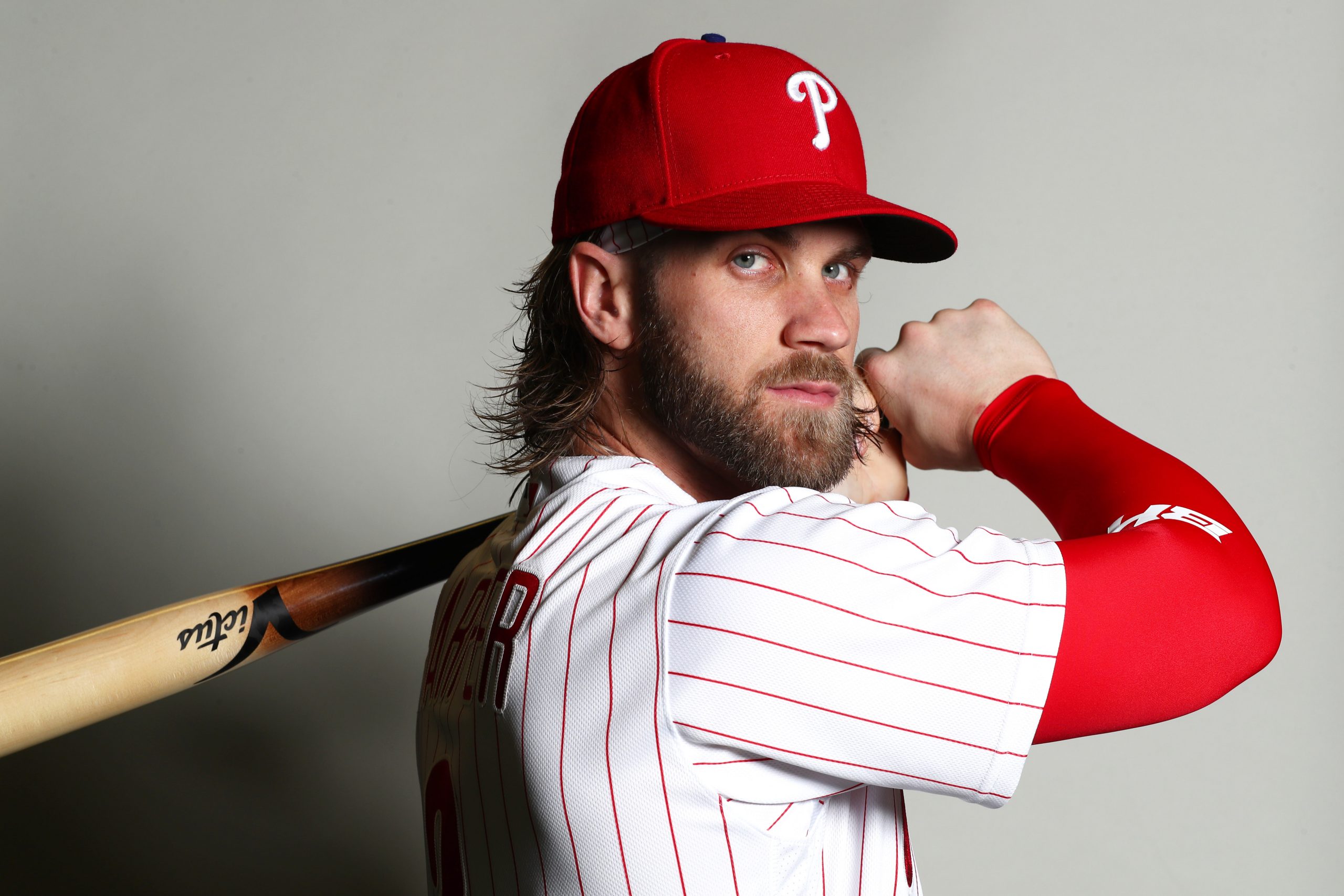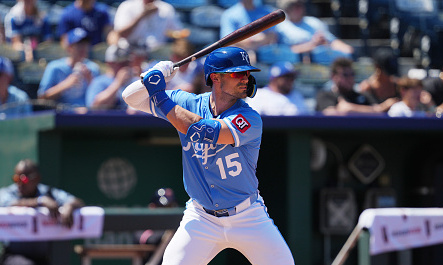Expectations that circle a No. 1 overall pick are like none other. Even in a sport like baseball, where there are 40 rounds in the draft, a lot of pressure is put on the first guy taken.
For Bryce Harper, his case is a quite peculiar one.
As the consensus first overall pick in a draft that featured stars like Manny Machado, Matt Harvey, Yasmani Grandal, and Chris Sale, Harper was expected to soar above and beyond as a transcendent talent that took the league by storm. In fact, at the time of his call-up in 2012, the debate began with: Who’s going to be the next face of the MLB? Mike Trout or Bryce Harper?
Harper won Rookie of the Year for the National League in 2012, slashing .270/.340/.477 with an OPS+ of 118. He also added 22 home runs and stole 18 bases for a Nationals team that won the NL East. The numbers were good and only a precursor for things to come for the fiery outfielder.
In 2015, Harper put it all together. Health, defense, offense, baserunning. Everything was put together en route to Harper’s first MVP Award of his career.
He slashed .330/.460/.649 with a 198 OPS+, a .461 wOBA, and 9.3 fWAR in 153 games. The Nationals may have missed the playoffs, but Harper was easily the most worthy of the award back in 2015.
The prophecy had arrived, and Bryce Harper was ready to consistently be a top two or three player in the league.
However, the Las Vegas native hasn’t quite been able to replicate that success, causing many to call him ‘overrated’ and ‘overpaid.’ Especially after signing a 13-year deal worth $330 million with the Philadelphia Phillies before the 2019 season.
Though he missed the All-Star Game for the first time since 2014, Harper slashed .260/.372/.510 (.882 OPS) with a 125 wRC+, 35 home runs, and 114 runs batted in. He was also tied for 25th among position players in fWAR, where he posted 4.6 wins in his first year for the Phillies.
Overall, a very impressive season, and was even worth $36.5 million according to FanGraphs. Translation: he was worth more than $6 million above his yearly salary in 2019.
Not too shabby for somebody that’s supposedly overrated and overpaid.
One could make an argument that he has become so “overrated” that he has become underrated. Here’s why.
In the Statcast era (since 2015), Harper consistently ranks as one of the best hitters in baseball in terms of quality of contact and expected statistics. In 2019 alone, Harper was in the 91st percentile in expected slugging percentage (.548), the 94th percentile in xwOBA (.387), 94th percentile in xwOBACON (.488), and 96th percentile in walk rate (14.5 percent).
And it isn’t just a one-year anomaly for Bryce Harper, as he was in the 96th percentile for xwOBA in 2018 (.388), 90th percentile in xSLG (.511), and in the 95th percentile for xwOBACON (.463).
It might not always translate to the numbers you see on the back of the baseball card, but Bryce Harper is consistently one of the best hitters in terms of quality of contact. Considering he saw a strike in fewer than 42 percent of his pitches in 2019, that’s quite impressive that he was still able to see the kind of success he did despite missing the All-Star Game.

Before you dub Bryce Harper overrated, it’s important to note why his numbers might not be as explosive as a Mike Trout or a Mookie Betts.
For example, Trout had a zone percentage (pitches seen in the strike zone) of 48.1 (tied for 28th). Betts had a zone percentage of 49.1 (tied for 17th). Harper’s, on the other hand, was an astounding 42.8 percent (tied for 127th out of 135 hitters). Not that simply seeing more strikes equates to better success as a hitter, as the leader in zone percentage (Leury Garcia, 51.8 percent) had a wRC+ of just 83. However, if you give a great hitter more opportunities to swing the bat, they’re going to do some serious damage.
So when Bryce Harper ranks in the top 10 percent in terms of expected statistics, despite ranking so low in terms of strike rate, it’s very telling of just how great of a hitter Harper is. He has been dubbed as “overrated” so much that he has become underrated.







